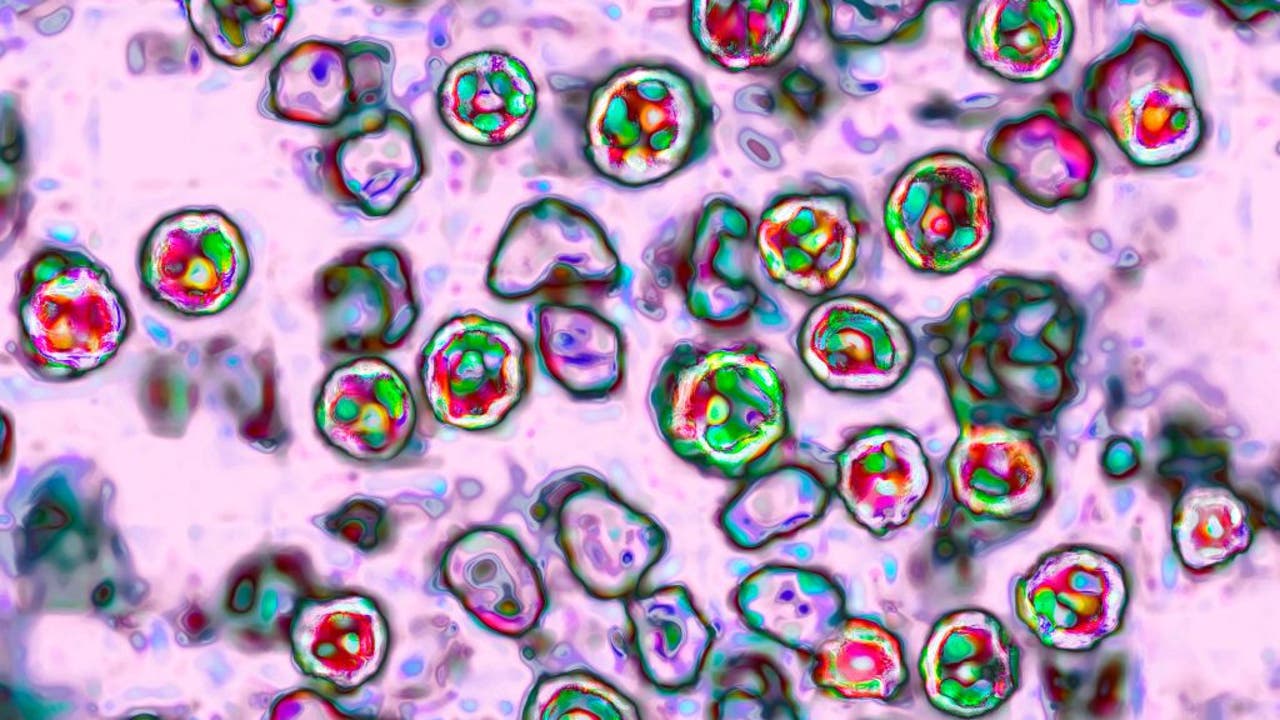Alert: Measles Resurfaces in Illinois, Sparking Urgent Vaccination Call

First Measles Case of 2025 Strikes Illinois: What You Need to Know
Health officials in Illinois are on high alert after confirming the state's first measles case of 2025, sparking renewed concerns about vaccination and public health safety. The Illinois Department of Public Health (IDPH) announced the isolated case, urging residents to stay informed and take proactive measures.
Key Details About the Confirmed Case
- The infected individual is currently receiving medical treatment
- Health authorities are tracing potential exposure locations
- Immediate vaccination recommendations are being issued
What Experts Recommend
Medical professionals strongly emphasize the importance of vaccination as the most effective defense against measles. They advise:
- Ensuring children are up-to-date on MMR vaccinations
- Adults should verify their vaccination status
- Consulting healthcare providers if unsure about immunization history
Stay informed and protect yourself and your community by following local health guidelines and recommendations.
